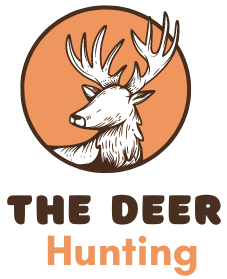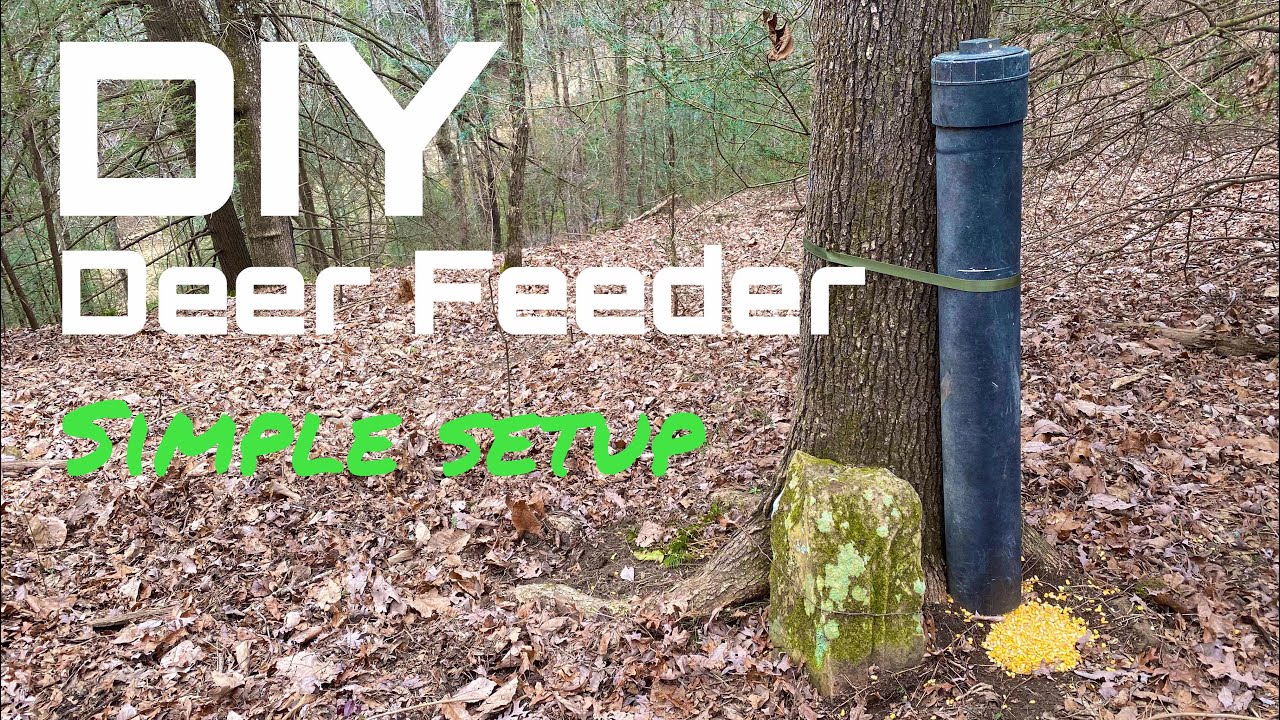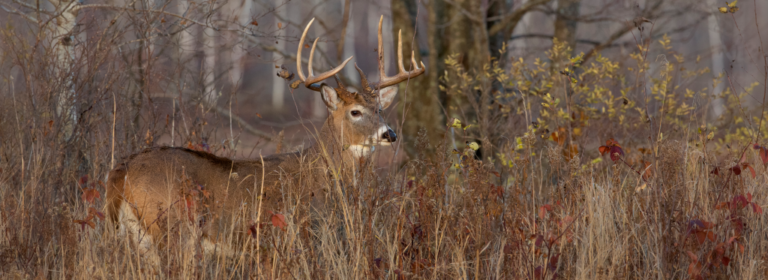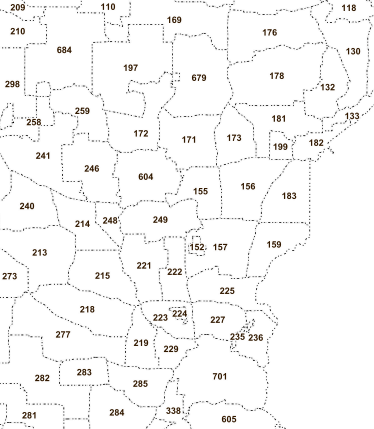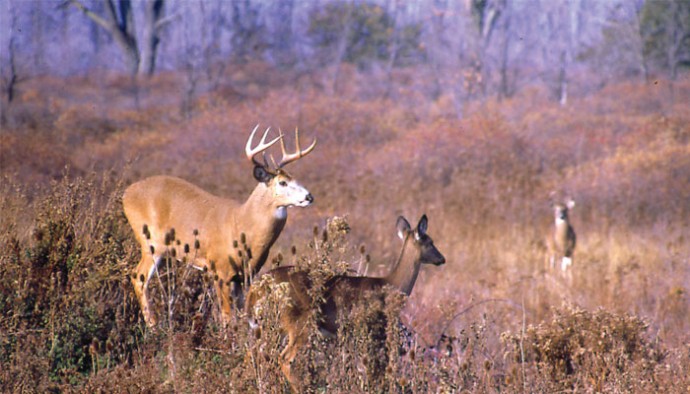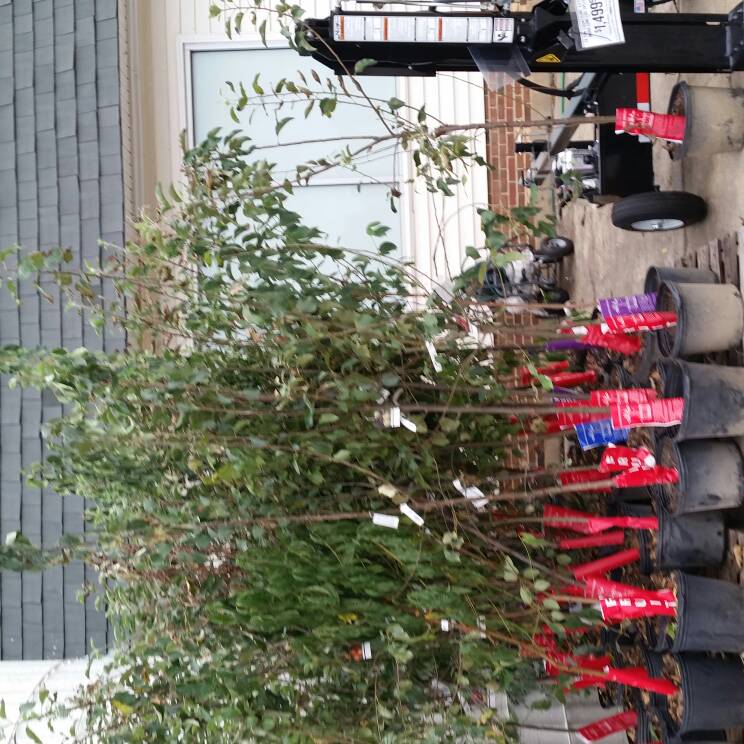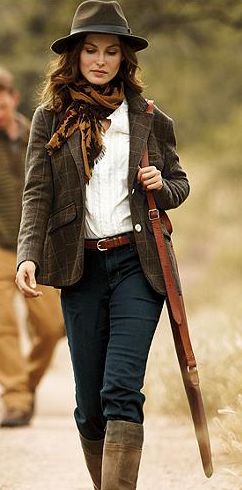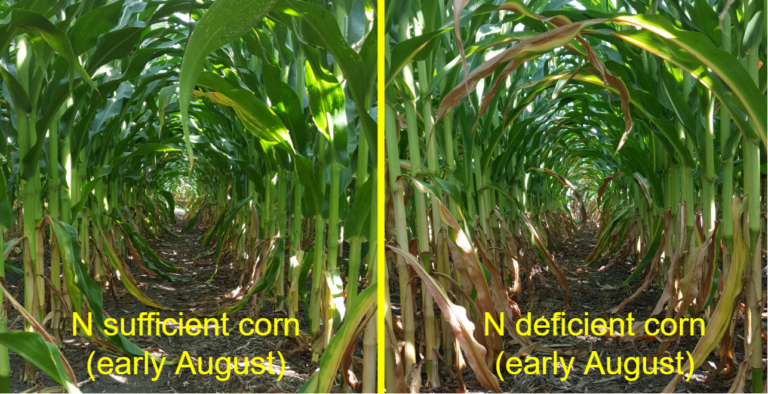How to Make Homemade Deer Feeders: Easy DIY Guide
Creating homemade deer feeders can be fun and rewarding. It helps attract deer to your yard, and it’s a great DIY project.
Deer are fascinating creatures. Watching them from your window is a peaceful experience. But how do you get them to come closer? A homemade deer feeder is the answer. It’s simple to make and doesn’t require fancy materials. You can use things you already have at home.
Plus, it saves money compared to buying a commercial feeder. In this guide, you’ll learn how to build a deer feeder step-by-step. You’ll also discover tips on what to feed deer and how to keep them coming back. Get ready to enjoy more wildlife in your backyard!
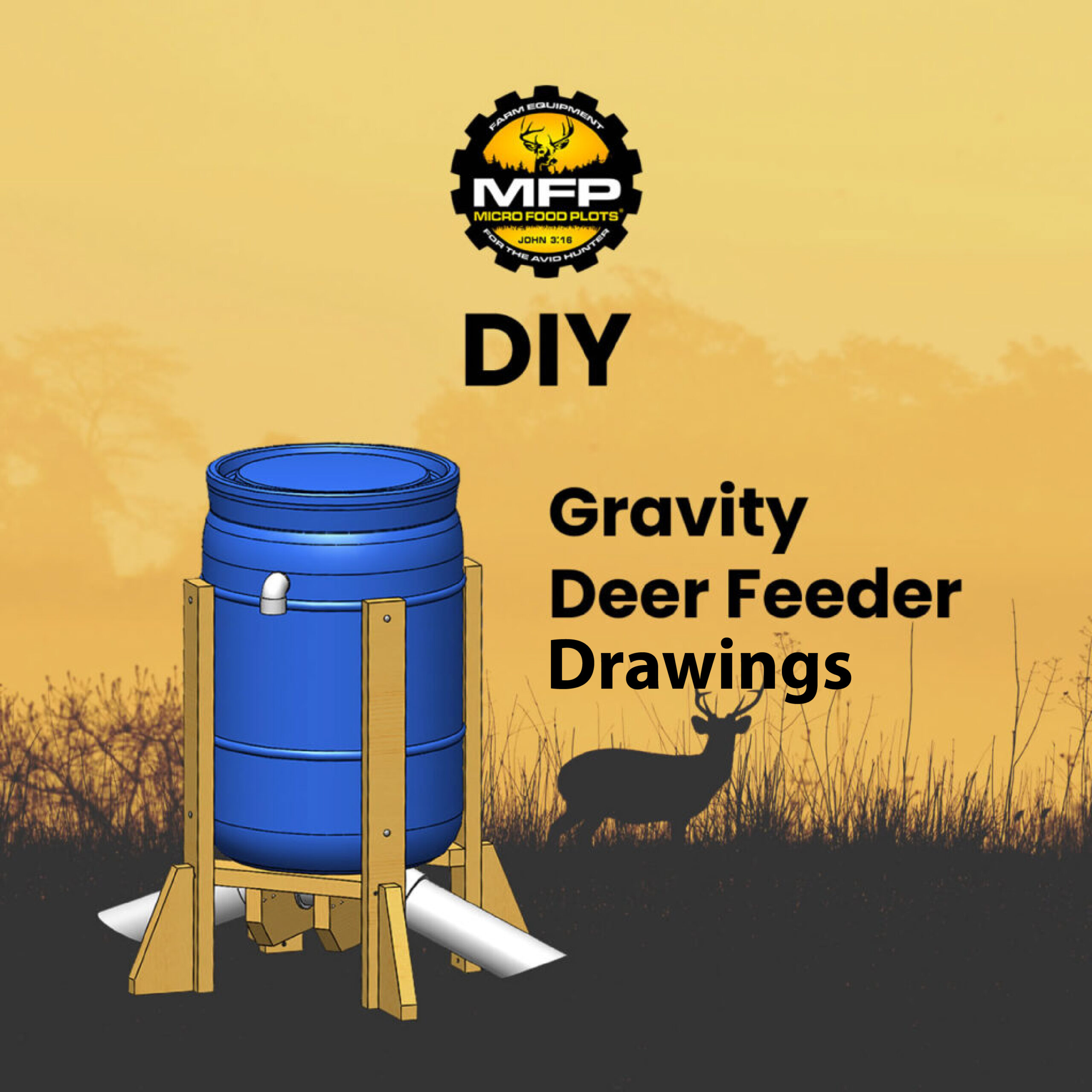
Credit: www.microfoodplots.com
Introduction To Diy Deer Feeders
Creating your own deer feeders can be a rewarding project. It allows you to attract deer to your yard or hunting area. Plus, you can customize the feeders to meet your needs. Let’s dive into the basics of DIY deer feeders.
Benefits Of Homemade Feeders
Homemade deer feeders offer several advantages:
- Cost-Effective: Building your own feeders can save you money.
- Customization: You can design feeders to fit your specific needs.
- Learning Experience: Crafting feeders teaches new skills.
Types Of Deer Feeders
There are different types of deer feeders you can make:
| Type | Description |
|---|---|
| Gravity Feeders | Simple to build. Uses gravity to dispense feed. |
| Trough Feeders | Provides easy access to feed. Ideal for multiple deer. |
| Hanging Feeders | Suspended from trees. Keeps feed off the ground. |
Each type of feeder has its benefits. Choose one that suits your needs and environment.
Materials Needed
Creating a homemade deer feeder can be a fun and rewarding project. It allows you to attract deer to your property for viewing or hunting. Before you start building, it’s important to gather the right materials. This section will cover the essential tools and recommended supplies needed for your deer feeder project.
Essential Tools
Having the right tools will make the construction process smoother and more efficient. Here are the essential tools you will need:
- Hand saw or power saw: To cut wood and other materials to the required size.
- Hammer: For assembling wooden parts and driving in nails.
- Drill: To create holes for screws and bolts.
- Screwdriver: For fastening screws securely.
- Measuring tape: To ensure accurate measurements.
- Pencil: For marking measurements and cutting lines.
- Level: To ensure your feeder is balanced and stable.
Recommended Supplies
In addition to tools, you will need specific supplies to build your deer feeder. These supplies include:
- Wooden boards or planks: To construct the main structure of the feeder.
- Nails and screws: To hold the wooden pieces together.
- Metal brackets: For added support and stability.
- Plastic or metal barrel: To hold the deer feed.
- Rope or chain: To hang the feeder if desired.
- Waterproof sealant: To protect the feeder from weather damage.
- Deer feed: Such as corn or grain, to attract deer to your feeder.
Choosing The Right Location
Selecting the right location for homemade deer feeders is crucial. Ensure the spot is quiet and away from busy areas. Choose places near natural food sources and water for best results.
Choosing the right location for your homemade deer feeder is crucial. It ensures the deer find it and feel safe. A good location can increase the chances of deer visiting regularly.Ideal Placement
The ideal placement for a deer feeder is near deer trails. Look for areas where you see deer tracks or droppings. Open spaces near woods are great. Deer feel safe near cover but need open space to feed.Safety Considerations
Ensure the location is safe for the deer. Avoid placing the feeder near busy roads. This reduces the risk of deer-vehicle collisions. Also, keep the feeder away from areas with high human activity. Deer prefer quiet and less disturbed areas. “`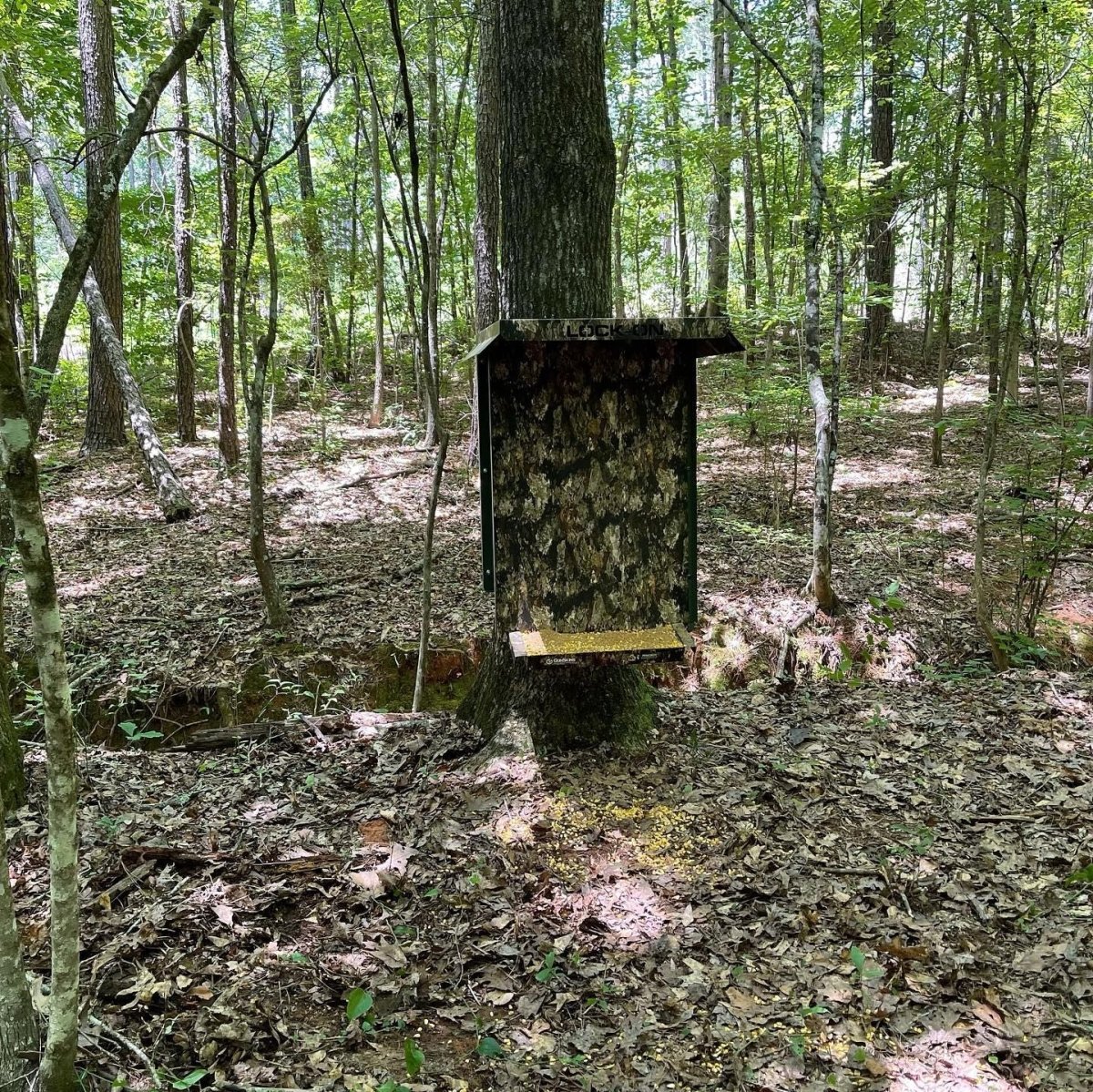
Credit: www.gunskins.com
Building A Pvc Pipe Feeder
Building a PVC pipe feeder is an excellent way to attract deer to your property. It’s cost-effective and simple to construct. This feeder design allows deer to feed easily and helps keep food dry.
Step-by-step Instructions
First, gather your materials. You will need a PVC pipe, a PVC cap, a PVC elbow, and some glue. You will also need a saw to cut the pipe.
Next, cut the PVC pipe to your desired length. A 4-foot section works well. Attach the PVC elbow to one end using glue. This creates the feeding area.
Then, attach the PVC cap to the other end. This keeps the feed inside the pipe. Make sure everything is secure and let the glue dry completely.
Finally, mount the feeder on a tree or post. Use strong straps or screws to ensure it stays in place.
Tips For Success
Choose a location away from heavy foot traffic. Deer prefer quiet areas.
Check the feeder regularly. Ensure it has enough feed and remains clean.
Use high-quality deer feed. This attracts more deer and keeps them healthy.
Consider the weather. Position the feeder to protect it from rain.
Monitor the feeder. This helps you understand the deer’s feeding habits.
Constructing A Wooden Trough Feeder
Constructing a wooden trough feeder is a great way to attract deer to your property. It provides a sturdy, long-lasting feeding solution. This guide will help you build your feeder with ease. Follow the steps below to create your wooden trough feeder and enjoy watching deer in your backyard.
Materials List
- 4 wooden boards (2×4, each 4 feet long)
- 2 wooden boards (2×4, each 3 feet long)
- 2 wooden boards (1×4, each 4 feet long)
- 2 wooden boards (1×4, each 3 feet long)
- Wood screws (2 inches long)
- Wood glue
- Sandpaper
- Weatherproof wood sealant
- Drill
- Screwdriver
- Measuring tape
- Saw
Assembly Process
Follow these steps to assemble your wooden trough feeder:
- Cut the wood: Use the saw to cut the wooden boards to the specified lengths.
- Assemble the frame: Arrange the 2×4 boards to form a rectangular frame. Use wood screws and glue to secure the joints.
- Attach the sides: Fix the 1×4 boards to the sides of the frame. This will create the trough’s walls.
- Sand the wood: Smooth the surfaces with sandpaper to remove any rough edges.
- Seal the wood: Apply a weatherproof wood sealant to protect the feeder from the elements.
Now you have a sturdy wooden trough feeder ready for the deer. Place it in a location where deer are likely to visit. Fill the trough with feed, and enjoy watching the deer come to your feeder.
Creating A Gravity Feeder
Creating a gravity feeder is a practical and efficient way to attract deer to your property. These feeders are simple to build, cost-effective, and require minimal maintenance. Gravity feeders use gravity to dispense feed, ensuring a steady supply of food for the deer. Let’s dive into the details on how to make one.
Design Plans
Before starting the construction, it’s essential to have clear design plans. A typical gravity feeder consists of a barrel or a large container and a trough or chute. The barrel holds the feed, and the chute allows the feed to flow down to the trough. Here are the basic components:
- Barrel or Container: This should be sturdy and weather-resistant. A 55-gallon drum works well.
- Trough or Chute: This part guides the feed to the ground or a feeding platform.
- Support Structure: Use strong wooden beams or metal poles to support the barrel.
Here’s a simple design plan table for quick reference:
| Component | Description |
|---|---|
| Barrel | 55-gallon drum, plastic or metal |
| Trough | Wooden or metal chute |
| Support Structure | Wooden beams or metal poles |
Construction Tips
Building a gravity feeder is straightforward, but following these tips can make the process smoother:
- Secure the Barrel: Ensure the barrel is firmly attached to the support structure. Use sturdy bolts or straps.
- Angle the Chute: The chute should be at an angle that allows feed to flow smoothly. A 45-degree angle works well.
- Elevate the Feeder: Position the feeder at a height that is accessible to deer but not other animals. Four to five feet off the ground is ideal.
- Weatherproofing: Use weather-resistant materials to protect the feeder from the elements. This increases its lifespan.
- Maintenance: Check the feeder regularly to ensure it is dispensing feed correctly. Clear any blockages promptly.
By following these steps, you can create a reliable and efficient gravity feeder. Happy feeding!
Maintaining Your Deer Feeders
Maintaining your deer feeders is crucial for attracting deer and ensuring their health. Proper maintenance keeps your feeders functioning well and safe for deer. Regular cleaning and refilling are key to successful deer feeding.
Cleaning Tips
Regular cleaning of your deer feeders is essential. Dirty feeders can attract pests and bacteria. Here are some simple steps:
- Empty the feeder completely.
- Use a mixture of water and mild soap.
- Scrub the interior and exterior with a brush.
- Rinse thoroughly with clean water.
- Dry the feeder completely before refilling.
Clean your feeders at least once a month. Consistent cleaning keeps feeders safe for deer and increases their usage.
Refilling Strategies
Refilling your deer feeders effectively ensures they remain attractive to deer. Here are some strategies:
- Refill feeders at the same time each week.
- Use high-quality feed that deer prefer.
- Don’t overfill to avoid waste and spoilage.
- Check feeders regularly to ensure they’re not empty.
- Consider seasonal changes in feed types.
Consistent refilling keeps deer returning and ensures their nutritional needs are met. High-quality feed attracts more deer and keeps them healthy.
Attracting Deer To Your Feeders
Creating homemade deer feeders is a rewarding experience. But the true joy lies in attracting deer to your feeders. To do this effectively, you need to understand what draws them in. This section will cover the best feed choices and seasonal feeding tips to help you attract deer.
Best Feed Choices
Choosing the right feed is crucial. Deer have specific dietary needs, and providing the right food can make a big difference.
- Corn: A favorite among deer. It’s high in carbohydrates and energy.
- Oats: Easy to digest and nutritious. Perfect for attracting deer.
- Fruits: Apples, pears, and berries. Deer love these sweet treats.
- Commercial Deer Feed: Formulated to meet deer dietary needs. Often includes grains and minerals.
Seasonal Feeding Tips
Feeding deer varies by season. Their nutritional needs change, and so should your feed.
| Season | Feeding Tips |
|---|---|
| Spring | Offer high-protein feeds. Deer are regrowing antlers and nursing fawns. |
| Summer | Continue with high-protein. Add fruits for hydration. |
| Fall | Shift to high-carb feeds. Prepare deer for winter. |
| Winter | Provide high-energy feeds. Help deer survive the cold. |
By understanding the best feed choices and following seasonal feeding tips, you can attract deer to your feeders effectively. Happy feeding!
Legal And Ethical Considerations
Creating homemade deer feeders can be a rewarding experience. However, it is crucial to consider the legal and ethical implications. Ensuring you follow local laws and practice responsible feeding helps protect wildlife and maintain ecosystem balance.
Local Regulations
Before setting up a deer feeder, check your local regulations. Many areas have specific rules to control feeding wildlife. Contact your local wildlife agency or visit their website for detailed information.
| Region | Regulations |
|---|---|
| North America | Seasonal restrictions, permit requirements, and quantity limits. |
| Europe | Often requires permits and specific feeding locations. |
| Asia | Varies widely, consult local authorities for details. |
Responsible Feeding Practices
Responsible feeding is key to ensuring the health of deer and the environment. Follow these practices:
- Use only natural and safe food items.
- Avoid overfeeding to prevent dependency.
- Place feeders away from roads to reduce accidents.
- Clean feeders regularly to prevent disease spread.
Feeding deer responsibly helps maintain their natural behaviors. It also ensures they get the nutrients they need without causing harm.
Troubleshooting Common Issues
Making homemade deer feeders can be a fun and rewarding activity. But sometimes, things don’t go as planned. There may be issues that need troubleshooting. Two of the most common problems are pests and feeder stability. Let’s look at how to solve these issues.
Preventing Pests
Pests can be a big problem for deer feeders. Squirrels, raccoons, and other animals may try to steal the feed. This can scare away the deer.
To prevent pests:
- Use metal containers. Plastic is easy for pests to chew through.
- Place the feeder high. This makes it harder for smaller animals to reach.
- Install a baffle. This is a device that blocks pests from climbing up.
Another option is to use feed that pests don’t like. This can include certain types of grain or seed.
Ensuring Feeder Stability
A stable feeder is crucial. If it falls over, it can spill the feed and scare the deer.
To ensure feeder stability:
- Use a wide base. This gives the feeder more support.
- Anchor the feeder to the ground. You can use stakes or weights.
- Check the feeder regularly. Make sure it is still secure.
Building a sturdy frame can also help. Use strong materials like wood or metal.
Following these tips will help keep your deer feeder stable and pest-free.
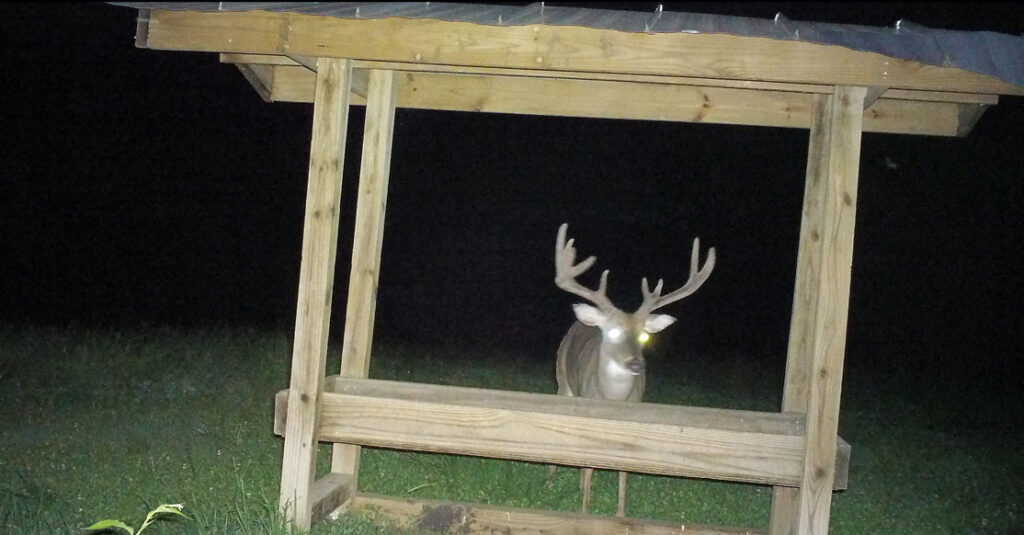
Credit: mossyoakgamekeeper.com
Frequently Asked Questions
How Do I Make A Simple Deer Feeder?
To make a simple deer feeder, use a 5-gallon bucket. Cut a hole near the bottom. Attach a PVC pipe to the hole. Fill the bucket with deer feed. Hang it from a tree.
What Materials Are Needed For Homemade Deer Feeders?
You need a 5-gallon bucket, PVC pipe, and a strong rope. You also need a saw to cut the hole and attach the pipe.
How High Should A Deer Feeder Be Placed?
Place the deer feeder 4 to 5 feet above ground. This height keeps the feed accessible to deer but out of reach of other animals.
What Is The Best Feed For Deer?
The best feed for deer includes corn, soybeans, and deer pellets. These provide essential nutrients and attract deer effectively.
Conclusion
Creating homemade deer feeders is simple and rewarding. They attract deer to your property. Using natural materials ensures safety for wildlife. Follow our step-by-step guide for best results. Enjoy watching deer up close. Happy crafting!
